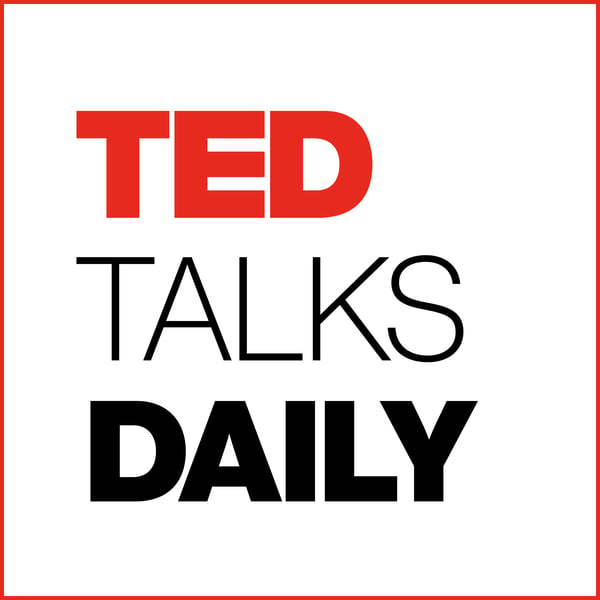The symbols of systemic racism -- and how to take away their power | Paul Rucker
TED Talks Daily
TED
4.1 • 11.9K Ratings
🗓️ 26 June 2018
⏱️ 7 minutes
🧾️ Download transcript
Summary
Hosted on Acast. See acast.com/privacy for more information.
Transcript
Click on a timestamp to play from that location
| 0:00.0 | This TED Talk features visual artist and cellist Paul Rucker, recorded live at TED 2018. |
| 0:08.6 | I collect objects. |
| 0:11.5 | I collect branding irons that were used to mark slaves as property. |
| 0:17.4 | I collect shackles for adults and restraints for adults, as well as children. |
| 0:29.0 | I collect lynching postcards. |
| 0:32.2 | Yes, they depict lynchings. |
| 0:34.3 | They also depict the massive crowds that attended these lynchings, |
| 0:39.3 | and they are postcards. They were also used for correspondence. |
| 0:44.3 | I collect pro-slavery books that portray black people as criminals, |
| 0:48.3 | or as animals without souls. |
| 0:53.3 | I brought you something today. |
| 0:59.5 | This is a ship's branding iron. |
| 1:02.6 | It was used to mark slaves. |
| 1:07.1 | Or they were actually not slaves when they were marked. |
| 1:09.1 | They were in Africa. |
| 1:10.6 | But they were marked with an S to designate that they were going not slaves when they were marked. They were in Africa, but they were marked with an S |
| 1:12.6 | to designate that they were going to be slaves |
| 1:14.6 | when they were brought to the US |
| 1:16.6 | and when they were brought to Europe. |
| 1:22.6 | Another object or image that captured my imagination |
| 1:26.6 | when I was younger was a clan robe. |
| 1:29.3 | Growing up in South Carolina, I would see Kutlux Klan rallies occasionally, actually more than occasionally. |
... |
Transcript will be available on the free plan in -2465 days. Upgrade to see the full transcript now.
Disclaimer: The podcast and artwork embedded on this page are from TED, and are the property of its owner and not affiliated with or endorsed by Tapesearch.
Generated transcripts are the property of TED and are distributed freely under the Fair Use doctrine. Transcripts generated by Tapesearch are not guaranteed to be accurate.
Copyright © Tapesearch 2025.

